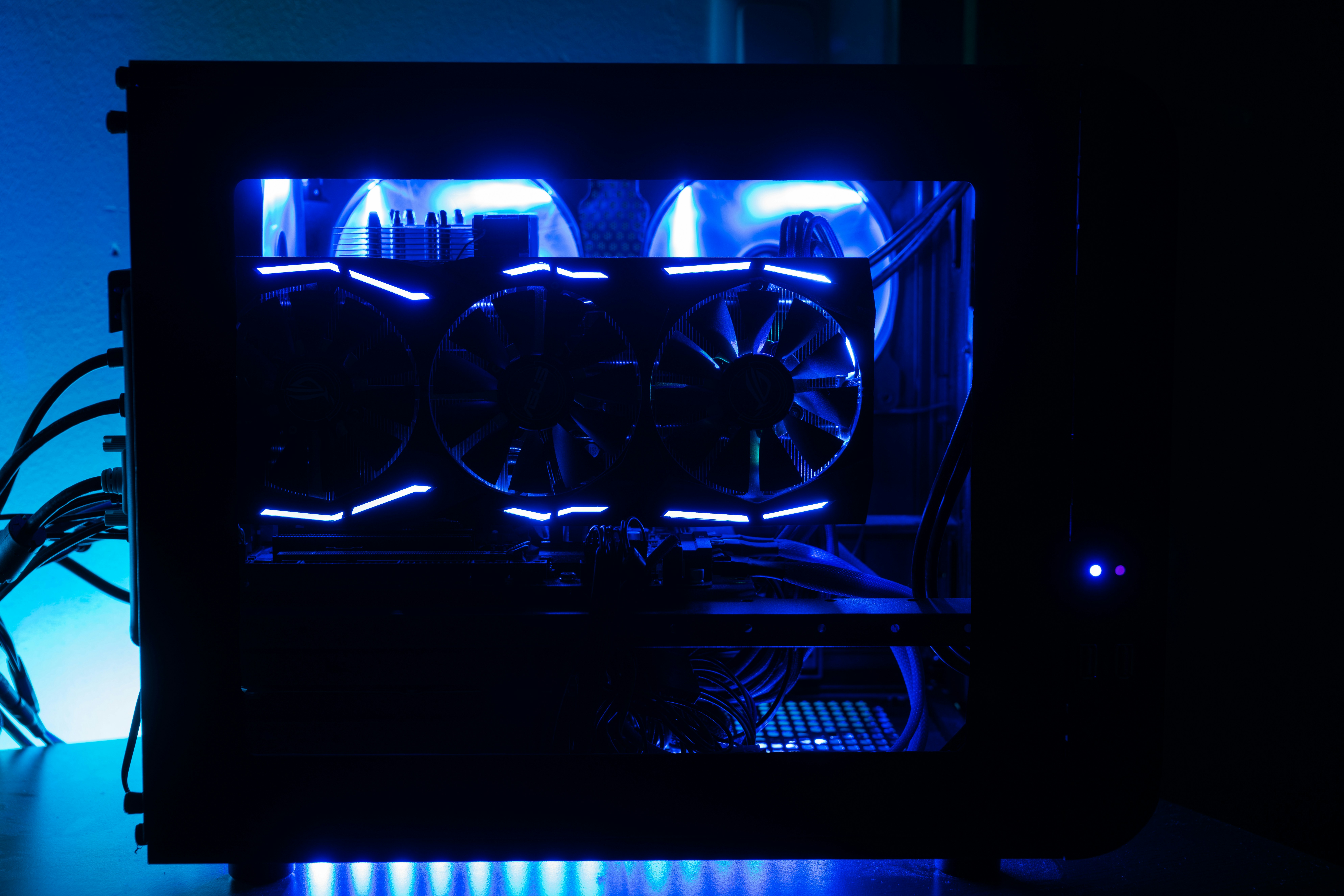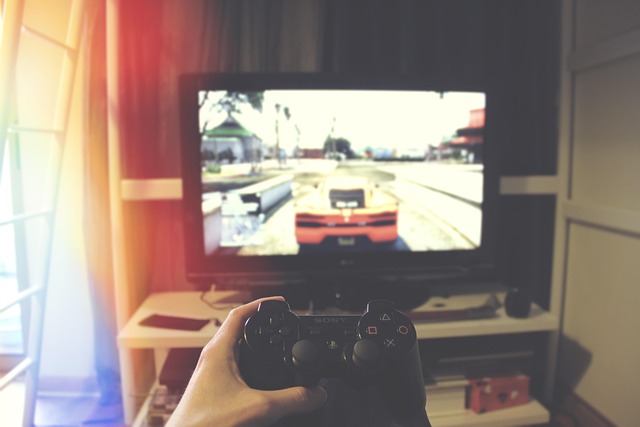Introduction: Gaming, Rewired
What Are Brain-Computer Interfaces (BCIs)?
A Brain-Computer Interface (BCI) is a technology that creates a direct communication pathway between the human brain and an external device. In the context of gaming, BCIs interpret neural signals in real time to control gameplay, bypassing traditional input methods like controllers or keyboards.
Key features of BCIs:
- Use of sensors to detect brain activity
- Real-time translation of thoughts or neural patterns into commands
- Non-invasive systems for consumer-grade experiences
Why Are BCIs Trending in Gaming?
BCIs have been under development for years, but recent advancements in neuroscience and wearable technology have made them more accessible and functional. In gaming, these developments open the door to:
- More immersive and intuitive gameplay experiences
- New forms of player interaction and control
- Bringing previously inaccessible games to broader audiences, including players with physical limitations
The gaming industry, known for embracing emerging technologies, sees BCI as the next logical leap in how players engage with digital worlds.
From Controller to Cognition
The traditional gaming experience relies on external inputs: pressing buttons, moving joysticks, or using motion controls. BCIs challenge that framework by introducing:
- Thought-based control systems
- Emotion-driven game mechanics
- A continuous loop of feedback between brain signals and in-game responses
This shift represents more than just a new input method. It’s a redefinition of the player’s relationship with the game itself, creating a more fluid, responsive, and personalized experience. Gaming is no longer something you do with your hands—it’s something you can do with your mind.
The State of BCI Technology in Gaming
Understanding How BCIs Work
Brain-Computer Interfaces (BCIs) interpret neural activity to control external devices, bypassing traditional touch-based inputs. In gaming, they function by detecting patterns in brain signals that correspond with player intent or emotional states.
Key components include:
- Neural signals: Electrical activity generated by the brain, often detected using EEG (electroencephalography).
- Sensors: Non-invasive headsets with electrodes to pick up neural data.
- Processing and response: Software algorithms decode signals and translate them into commands within the game environment.
This basic framework allows players to interact using cognitive input like attention, relaxation, or even imagined movements.
Prototypes and Use Cases in Gaming
While still early in development, BCIs are beginning to find real applications in gaming. Current prototypes are shaping how games are played and experienced.
Initial use cases include:
- Concentration-based mini-games that reward focused neural states.
- Emotion-driven narrative shifts, where player mood influences storyline direction.
- Hands-free control demos, showcasing cognitive input instead of physical buttons.
These examples point to a growing interest in turning passive brain data into active gameplay mechanics.
Challenges Facing BCI Integration
For BCIs to become mainstream in gaming, several hurdles must be addressed:
- Latency: Real-time responsiveness is critical but difficult due to signal processing delays.
- Reliability: Neural signals can be inconsistent, influenced by external noise and individual variation.
- Wearability: Devices must be comfortable, lightweight, and non-intrusive for regular gameplay sessions.
Until these challenges are resolved, BCI adoption will likely remain niche and experimental.
Real-World Experiments and Development Efforts
Indie developers and research labs are leading the charge in BCI-driven gameplay innovation.
Noteworthy developments include:
- Experiments from neurogaming startups like Neurable, showcasing mental focus as a core mechanic.
- University labs using open-source BCI frameworks to build custom controllers and immersive experiences.
- Game jams and hackathons where creators design around cognitive input rather than physical interfaces.
These projects provide valuable insight into what is possible when traditional game design meets cognitive technology.
Explore more in our deep dive on BCI in gaming.
Conclusion: Gaming at the Speed of Thought

Beyond the Gimmick
Brain-computer interfaces (BCIs) may sound futuristic, but they are far from science fiction. More than just a trendy piece of tech, BCIs represent a deep transformation in how we think about gaming. By linking cognitive activity directly to gameplay, BCIs move control from external hardware to internal thought. This isn’t about replacing controllers—it’s about reimagining interaction itself.
- BCIs are not novelty devices or short-term accessories
- They represent a major shift in interface thinking across technology
- Thought becomes the input, not just an influence
Huge Potential, Measured Approach
With great promise comes great responsibility. Developers, researchers, and gamers must recognize the power of neural input—and the importance of using it wisely. Ethical questions, safety concerns, and game design standards all need to be addressed alongside new innovation.
- User privacy and brain data handling must be clearly defined
- Hardware accuracy and reliability need to keep improving
- Cross-industry collaboration will be essential for scaling adoption
A Future Beyond the Joystick
What lies ahead is more than advanced tech—it’s a new kind of experience. As BCI technology matures, gamers can expect a shift from reactive play to intuitive connection. The future of gaming may not be about what you press, but what you think.
- Tomorrow’s games could respond to emotion, attention, or fatigue
- Accessibility and customization will expand in dramatic ways
- Gamers who embrace innovation today will help shape what comes next
What BCIs Can Unlock for Gamers
BCIs are doing more than just adding bells and whistles—they’re giving players completely new ways to engage with games. First up: hands-free control. Instead of thumbsticks and triggers, your mind becomes the controller. Early tests show players navigating menus, selecting weapons, and even moving characters with focused thought. It’s not perfect yet, but the shift is starting.
Then there’s emotional feedback. Together with biometric signals, BCIs are enabling games that respond to your mood. Play too calmly in a high-stakes mission, and the game might crank up tension. Get too frustrated or erratic, and it could nudge difficulty down just enough. It’s reactive design that works with you—not against you.
Accessibility is another big win. Players with limited mobility can finally step into action-heavy worlds they’ve had to watch from the sidelines. BCIs offer inputs that don’t rely on muscle movement, making more types of games playable for more people.
Last, personalization. BCIs can fine-tune the gaming experience to match your cognitive load. If you’re zoned out, it adjusts the pace. Deeply focused? It may throw tougher challenges your way. Storylines could even evolve based on how players emotionally respond to key moments. BCIs won’t just read your mind—they’ll reshape the game around it.
Connecting BCI With VR and Other Immersive Systems
When Brain-Computer Interfaces meet VR 2.0, the result is raw immersion. We’re not just talking better graphics or smoother motion tracking. We’re talking about experiences that respond directly to your thoughts, focus, and emotional state. This connection brings a sense of presence that no controller can fake. You think it, and it happens—instantly.
In games built around narrative or simulation, this shift is powerful. Imagine military or medical training where mental workload shapes the challenge level. Or role-playing adventures where your stress or curiosity changes the outcome of the story. Instead of taking action with your hands, you become part of the world with your mind.
Long-term, developers and neuroscientists are looking at full sensory environments. Think tactile feedback, ambient sounds that sync with your mood, even smell and taste triggered by neural responses. It’s early days, but the groundwork is there.
For more on how VR 2.0 is leveling up the immersive frontier, check out More on the VR 2.0 experience.
What Needs to Happen Next
For Brain-Computer Interfaces to become a real force in gaming, the tech has to catch up with the vision. Right now, we need faster, smarter, and more user-friendly hardware. Think dry sensors that don’t require a lab setup. Headsets that don’t die after 90 minutes. Devices that can read brain signals with better accuracy and less fuss. Without that, BCI gaming stays niche.
Then there’s the data. Brain signals are intimate. They say things about attention, stress, even mood. So who owns that info? What’s off-limits? As BCIs inch closer to the mainstream, the industry needs clear rules on privacy and ethical data use. Gamers deserve to know what’s being collected and why.
Another pain point: standards. Right now, developers are stuck working with one-off devices and closed systems. Open frameworks would let more people build and innovate without starting from scratch. It’s how we move from experiments to ecosystems.
Finally, this isn’t a one-discipline project. To make BCI gaming work at scale, neuroscientists, engineers, and game designers need to team up. It takes a shared language and real-world collaboration to turn signals into gameplay that people actually enjoy. This tech won’t succeed in a vacuum. It needs a community.
Rick Aderholt, the accomplished copywriter at MetaNow Gaming, plays a pivotal role in shaping the hub’s diverse gaming content and fostering community interaction. With a keen eye for engaging storytelling, Rick brings a wealth of gaming knowledge to the forefront. His dedication to creating content that resonates with the gaming community is evident in every piece. At MetaNow Gaming, Rick contributes to a space that goes beyond traditional gaming platforms, emphasizing diversity and community engagement. Join Rick in exploring the multifaceted world of gaming at MetaNow Gaming, where his words breathe life into the diverse narratives of the gaming universe.





